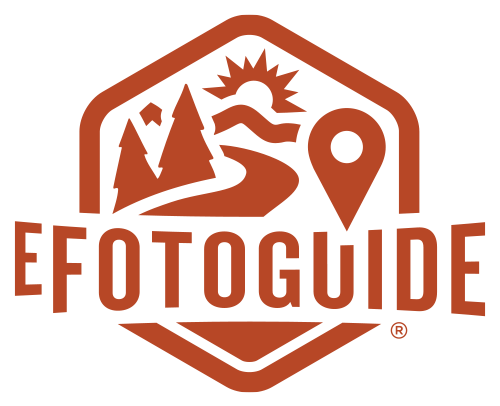THIS IS THE EASIEST WAY TO CLEAN YOUR CAMERA SENSOR
Raise your hand if your favorite thing about digital photography is cleaning your camera sensor. Yeah, that’s what I thought. I shot film for the first six years of my photography career. I switched to digital in 2005 and it quickly became apparent that sensor dust was an evil I’d have to conquer. Back then, cameras didn’t have all the cool anti-dust features they do today. Changing lenses in the field required the speed and precision of an Olympic athlete if you wanted to minimize the sensor’s exposure to the elements. Still, dust made its way onto the sensor and soon your images had more freckles than a natural redhead.
Though sensor dust remains an issue today, technology has evolved to minimize it. Some cameras have a curtain that closes over the sensor when a lens is removed, protecting it from airborne dust. Almost every interchangeable lens camera has a built-in sensor cleaning mode that, when activated, vibrates the sensor at very high frequency, dislodging loose dust particles. It works well, but over time some dust becomes “welded” to the sensor and the only way to remove it is to manually clean the sensor.
The sensors in older cameras weren’t as durable as they are now, and there was always the possibility that you’d scratch it by dragging a piece of dust across the surface during a manual cleaning. I know, because I did it. The experience left me a little gun shy about cleaning my own camera sensor and for years, I tolerated dust until the build-up was so significant that it had to be removed. Instead of risk damaging the sensor again, I would send the camera off to a shop who offered sensor cleaning as a service. At about $100 a pop – plus shipping – it wasn’t cheap. The team at Pictureline in Salt Lake City was my go-to and they always returned the camera 100% dust free.
A few months ago the sensor in my Sony A7IV had become dirty enough that removing the spots in Lightroom had become a significant chore. Having been out of the do-it-yourself sensor cleaning game for years I wasn’t aware that several products now existed that make this necessary task a total piece of cake. I called Pictureline to schedule a sensor cleaning and the employee I spoke to convinced me that it was something I could easily do myself. He referred me to a video they produced that clearly illustrated how easy it is to clean your sensor using the following products:
Photographic Solutions Sensor Swabs
Photographic Solutions Eclipse Optic Cleaning Fluid
Pentax Image Sensor Cleaning Kit
For about the cost of a single sensor cleaning, I got everything I’d need to keep my sensor dust-free for a long time. I watched the video, took out my camera, gritted my teeth and went to work. In summary, you use the bulb blower to blow away loose dust, then the Sensor Swabs and Eclipse fluid, and finally the Pentax wand to remove any remaining dust specks. In less than ten minutes, my sensor was completely dust free. The beauty of this system is that once you’ve deep cleaned your sensor, it’s much easier to maintain it by periodically using the blower and Pentax wand when you notice a few dust spots on your images. Unless you regularly use your camera in dusty environments you likely won’t have to use the swabs too often.
I could explain the steps in detail but honestly, the Pictureline video does it better than I could. It’s ten years old, and the Speck Grabber they use is a different product than the Pentax wand I’m using, but they do the same thing. While you’re on Pictureline’s YouTube channel, be sure to check out their full library. Their channel is a great resource for how-to’s, gear reviews, and more. I hope you found this helpful. Now, get to cleanin’ your sensor!

